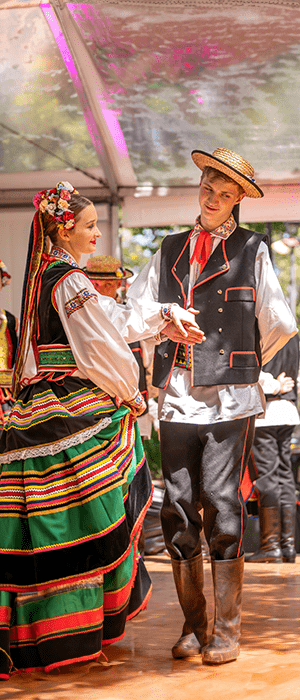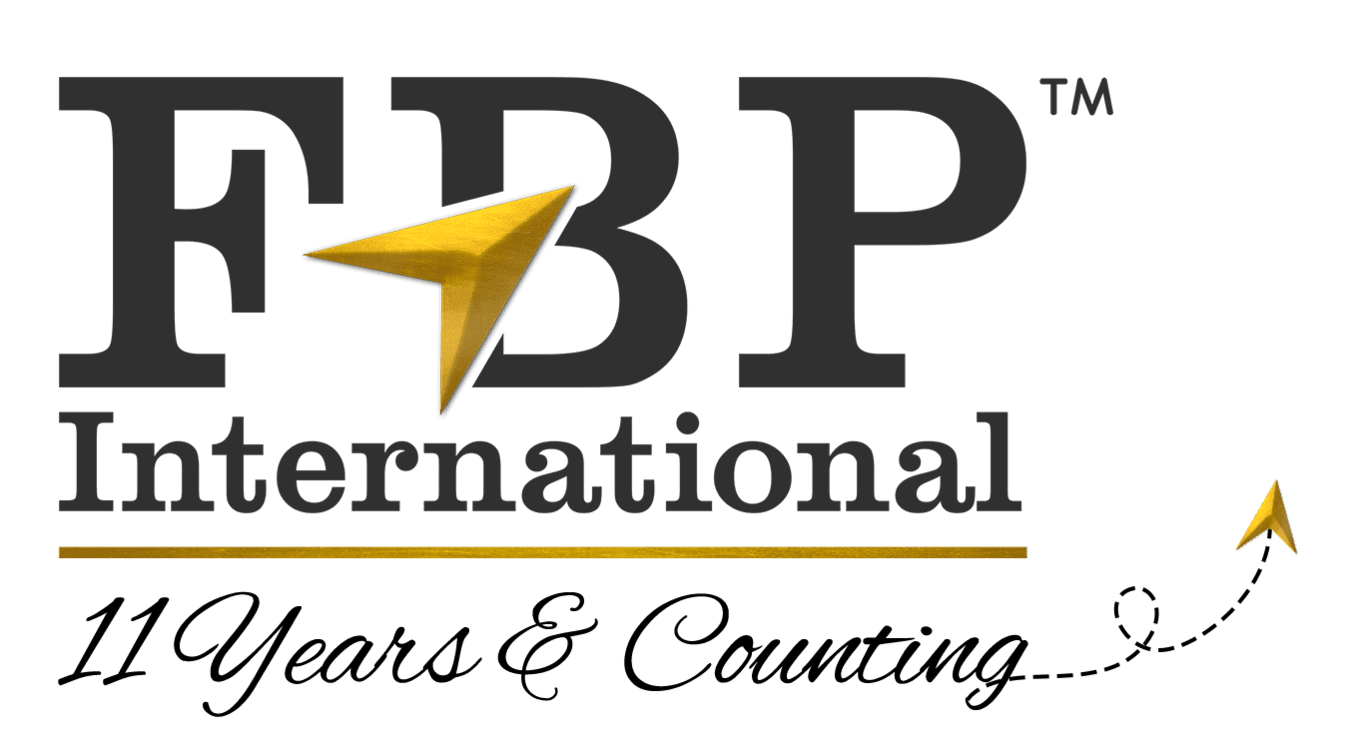Australia



Canberra Ballon Spectacular



Masses of tulips in front of the Ferris Wheel at Floriade in Commonwealth Park



Multicultural Festival in Canberra
Australian Capital Territory
The Australian Capital Territory (ACT) is a unique and significant territory within Australia, serving as the nation’s capital. Established in 1911, it is an enclave within the state of New South Wales and is located in the southeastern part of the country. The ACT is renowned for its political importance, being home to the Parliament of Australia, the nation’s government institutions, and many diplomatic missions.
Bound by the majestic Brindabella Ranges to the west, the Murrumbidgee River to the south, and the Molonglo River to the east, the ACT boasts diverse landscapes. The territory offers a stunning backdrop for its urban areas and natural reserves, from lush valleys to rugged mountain ranges.
The most prominent feature of the ACT is Canberra, the purpose-built capital city designed by American architect Walter Burley Griffin. Canberra is famed for its carefully planned layout, expansive green spaces, geometrically structured avenues, and iconic landmarks such as Parliament House, the Australian War Memorial, and the National Gallery of Australia. The city serves not only as the administrative centre of Australia but also as a hub for culture, education, and innovation.
Beyond Canberra, the ACT is home to several other notable destinations. Namadgi National Park, situated in the southern part of the territory, encompasses a vast wilderness of forests, mountains, and alpine meadows. It offers numerous opportunities for outdoor recreation, including hiking, camping, and wildlife spotting. Tidbinbilla Nature Reserve, located nearby, is renowned for its conservation efforts and allows visitors to encounter native Australian wildlife in their natural habitat.
The population of the Australian Capital Territory is diverse and dynamic, comprising individuals from various cultural backgrounds and professions. Canberra’s population includes government officials, diplomats, academics, researchers, artists, and entrepreneurs. The territory’s multiculturalism is reflected in its vibrant arts and culinary scenes, with numerous festivals, galleries, and restaurants showcasing the rich tapestry of cultures that call the ACT home.
The Australian Capital Territory is a testament to Australia’s democratic ideals and commitment to progress. Its blend of natural beauty, architectural splendour, and cultural vibrancy continues to captivate visitors and residents alike, embodying the spirit of the nation’s capital.
Culture of Australian Capital Territory
The culture of the Australian Capital Territory (ACT) is rich and diverse, reflecting the eclectic mix of people who call this unique territory home. From its indigenous heritage to its modern cosmopolitan identity, the ACT’s cultural landscape is as varied as its stunning natural surroundings.
One of the most prominent aspects of the ACT’s culture is its strong commitment to the arts. Canberra, the capital city, boasts many cultural attractions catering to all tastes and interests. The National Gallery of Australia, home to an extensive collection of Australian and international art, showcases works ranging from Aboriginal masterpieces to contemporary installations. Similarly, the National Portrait Gallery celebrates the diversity and achievements of Australians through its collection of portraits and exhibitions.
For those interested in performing arts, the Canberra Theatre Centre is a hub of creativity, hosting a wide range of theatrical productions, musical performances, and dance recitals throughout the year. The Street Theatre, a smaller, more intimate venue, offers a platform for emerging artists and experimental performances, contributing to the city’s vibrant arts scene.
In addition to its museums and theatres, the ACT is home to numerous cultural events and festivals that celebrate music, food, literature, and more. The National Multicultural Festival, held annually in Canberra, showcases the diversity of the territory’s population through music, dance, and cuisine from around the world. Similarly, the Canberra Writers Festival attracts literary enthusiasts and authors from across Australia and beyond, providing a forum for discussing and debating contemporary issues.
The indigenous culture of the ACT also plays a significant role in shaping its cultural identity. The Ngunnawal people, the land’s traditional custodians, have inhabited the region for thousands of years and continue to maintain their connection to the country through art, storytelling, and cultural events. Visitors to the ACT can explore indigenous heritage sites such as the Tidbinbilla Nature Reserve and learn about the rich cultural traditions of the Ngunnawal people.
| Australian Capital Territory’s Facts & Figures | |
   |
   Coat of Arms |
   |
|
| Capital | Canberra |
| National Language | English |
| Location | 35°18′29″S 149°07′28″E |
| Area |
|
| Population |
March 2022 estimate 455,869 (7th) |
| Legislature | Australian Capital Territory Legislative Assembly |
| Judiciary | Supreme Court of the Australian Capital Territory |
| GPS |
2020 estimate
|
| Currency | Australian dollar ($) (AUD) |
| Climate | Relatively dry, continental climate, experiencing warm to hot summers and cool to cold winters. |
| Time Zone |
- Australian Eastern Standard Time UTC+10:00 (AEST) |
| Date Format | dd/mm/yyyy |
| Website | act.gov.au |
| Source | https://en.wikipedia.org/wiki/ Australian_Capital_Territory |
Benefits of Living in Australian Capital Territory
Living in the Australian Capital Territory (ACT) offers many benefits that make it an attractive place to reside:
- High Standard of Living: The ACT consistently ranks among the top regions in Australia for its high standard of living. With low crime rates, excellent healthcare facilities, and quality education options, residents enjoy a comfortable and secure lifestyle.
- Strong Economy and Employment Opportunities: The ACT boasts a diverse economy with thriving sectors such as government, education, healthcare, technology, and research. This provides residents with a wide range of employment opportunities and job security.
- Well-Planned Urban Environment: Canberra, the capital city of the ACT, is renowned for its thoughtfully designed urban layout. It features spacious suburbs, well-connected neighbourhoods, and abundant green spaces, contributing to a relaxed and enjoyable living experience.
- Abundant Natural Beauty: The ACT has stunning natural landscapes, including picturesque mountains, lush valleys, and scenic waterways. Residents can access national parks, nature reserves, and outdoor recreational activities like hiking, biking, and wildlife spotting.
- Cultural and Recreational Amenities: Canberra offers a vibrant cultural scene with world-class museums, galleries, theatres, and festivals. Residents can enjoy a wide array of cultural and recreational activities, from visiting art exhibitions to attending live performances and community events.
- Educational Excellence: The ACT is home to prestigious educational institutions, including schools, colleges, and the Australian National University (ANU). Families benefit from access to quality education at all levels, from early childhood to tertiary studies.
- Multicultural Community: The ACT is diverse and inclusive, with residents from various cultural backgrounds and ethnicities. This multiculturalism enriches the social fabric of the territory, fostering understanding, tolerance, and appreciation for different cultures.
- Proximity to Major Cities: While offering a tranquil lifestyle, the ACT is conveniently located close to major cities such as Sydney and Melbourne. This proximity gives residents additional cultural, entertainment, and employment opportunities.
- Safety and Wellbeing: The ACT prioritises the safety and wellbeing of its residents, with well-maintained public spaces, efficient emergency services, and community support programs. Residents can feel secure in their surroundings and confident in the responsiveness of local authorities.
- Active and Engaged Community: The ACT has a strong community spirit, with residents actively participating in local initiatives, volunteer work, and social activities. This fosters a sense of belonging and camaraderie among residents, making the ACT a welcoming place to call home.
Australia



Canberra Ballon Spectacular



Masses of tulips in front of the Ferris Wheel at Floriade in Commonwealth Park



Multicultural Festival in Canberra
Australian Capital Territory
The Australian Capital Territory (ACT) is a unique and significant territory within Australia, serving as the nation’s capital. Established in 1911, it is an enclave within the state of New South Wales and is located in the southeastern part of the country. The ACT is renowned for its political importance, being home to the Parliament of Australia, the nation’s government institutions, and many diplomatic missions.
Bound by the majestic Brindabella Ranges to the west, the Murrumbidgee River to the south, and the Molonglo River to the east, the ACT boasts diverse landscapes. The territory offers a stunning backdrop for its urban areas and natural reserves, from lush valleys to rugged mountain ranges.
The most prominent feature of the ACT is Canberra, the purpose-built capital city designed by American architect Walter Burley Griffin. Canberra is famed for its carefully planned layout, expansive green spaces, geometrically structured avenues, and iconic landmarks such as Parliament House, the Australian War Memorial, and the National Gallery of Australia. The city serves not only as the administrative centre of Australia but also as a hub for culture, education, and innovation.
Beyond Canberra, the ACT is home to several other notable destinations. Namadgi National Park, situated in the southern part of the territory, encompasses a vast wilderness of forests, mountains, and alpine meadows. It offers numerous opportunities for outdoor recreation, including hiking, camping, and wildlife spotting. Tidbinbilla Nature Reserve, located nearby, is renowned for its conservation efforts and allows visitors to encounter native Australian wildlife in their natural habitat.
The population of the Australian Capital Territory is diverse and dynamic, comprising individuals from various cultural backgrounds and professions. Canberra’s population includes government officials, diplomats, academics, researchers, artists, and entrepreneurs. The territory’s multiculturalism is reflected in its vibrant arts and culinary scenes, with numerous festivals, galleries, and restaurants showcasing the rich tapestry of cultures that call the ACT home.
The Australian Capital Territory is a testament to Australia’s democratic ideals and commitment to progress. Its blend of natural beauty, architectural splendour, and cultural vibrancy continues to captivate visitors and residents alike, embodying the spirit of the nation’s capital.
Culture of Australian Capital Territory
The culture of the Australian Capital Territory (ACT) is rich and diverse, reflecting the eclectic mix of people who call this unique territory home. From its indigenous heritage to its modern cosmopolitan identity, the ACT’s cultural landscape is as varied as its stunning natural surroundings.
One of the most prominent aspects of the ACT’s culture is its strong commitment to the arts. Canberra, the capital city, boasts many cultural attractions catering to all tastes and interests. The National Gallery of Australia, home to an extensive collection of Australian and international art, showcases works ranging from Aboriginal masterpieces to contemporary installations. Similarly, the National Portrait Gallery celebrates the diversity and achievements of Australians through its collection of portraits and exhibitions.
For those interested in performing arts, the Canberra Theatre Centre is a hub of creativity, hosting a wide range of theatrical productions, musical performances, and dance recitals throughout the year. The Street Theatre, a smaller, more intimate venue, offers a platform for emerging artists and experimental performances, contributing to the city’s vibrant arts scene.
In addition to its museums and theatres, the ACT is home to numerous cultural events and festivals that celebrate music, food, literature, and more. The National Multicultural Festival, held annually in Canberra, showcases the diversity of the territory’s population through music, dance, and cuisine from around the world. Similarly, the Canberra Writers Festival attracts literary enthusiasts and authors from across Australia and beyond, providing a forum for discussing and debating contemporary issues.
The indigenous culture of the ACT also plays a significant role in shaping its cultural identity. The Ngunnawal people, the land’s traditional custodians, have inhabited the region for thousands of years and continue to maintain their connection to the country through art, storytelling, and cultural events. Visitors to the ACT can explore indigenous heritage sites such as the Tidbinbilla Nature Reserve and learn about the rich cultural traditions of the Ngunnawal people.
Benefits of Living in Australian Capital Territory
Living in the Australian Capital Territory (ACT) offers many benefits that make it an attractive place to reside:
- High Standard of Living: The ACT consistently ranks among the top regions in Australia for its high standard of living. With low crime rates, excellent healthcare facilities, and quality education options, residents enjoy a comfortable and secure lifestyle.
- Strong Economy and Employment Opportunities: The ACT boasts a diverse economy with thriving sectors such as government, education, healthcare, technology, and research. This provides residents with a wide range of employment opportunities and job security.
- Well-Planned Urban Environment: Canberra, the capital city of the ACT, is renowned for its thoughtfully designed urban layout. It features spacious suburbs, well-connected neighbourhoods, and abundant green spaces, contributing to a relaxed and enjoyable living experience.
- Abundant Natural Beauty: The ACT has stunning natural landscapes, including picturesque mountains, lush valleys, and scenic waterways. Residents can access national parks, nature reserves, and outdoor recreational activities like hiking, biking, and wildlife spotting.
- Cultural and Recreational Amenities: Canberra offers a vibrant cultural scene with world-class museums, galleries, theatres, and festivals. Residents can enjoy a wide array of cultural and recreational activities, from visiting art exhibitions to attending live performances and community events.
- Educational Excellence: The ACT is home to prestigious educational institutions, including schools, colleges, and the Australian National University (ANU). Families benefit from access to quality education at all levels, from early childhood to tertiary studies.
- Multicultural Community: The ACT is diverse and inclusive, with residents from various cultural backgrounds and ethnicities. This multiculturalism enriches the social fabric of the territory, fostering understanding, tolerance, and appreciation for different cultures.
- Proximity to Major Cities: While offering a tranquil lifestyle, the ACT is conveniently located close to major cities such as Sydney and Melbourne. This proximity gives residents additional cultural, entertainment, and employment opportunities.
- Safety and Wellbeing: The ACT prioritises the safety and wellbeing of its residents, with well-maintained public spaces, efficient emergency services, and community support programs. Residents can feel secure in their surroundings and confident in the responsiveness of local authorities.
- Active and Engaged Community: The ACT has a strong community spirit, with residents actively participating in local initiatives, volunteer work, and social activities. This fosters a sense of belonging and camaraderie among residents, making the ACT a welcoming place to call home.
| Australian Capital Territory’s Facts & Figures | |
   |
   Coat of Arms |
   |
|
| Capital | Canberra |
| National Language | English |
| Location | 35°18′29″S 149°07′28″E |
| Area |
|
| Population |
March 2022 estimate 455,869 (7th) |
| Legislature | Australian Capital Territory Legislative Assembly |
| Judiciary | Supreme Court of the Australian Capital Territory |
| GPS |
2020 estimate
|
| Currency | Australian dollar ($) (AUD) |
| Climate | Relatively dry, continental climate, experiencing warm to hot summers and cool to cold winters. |
| Time Zone |
- Australian Eastern Standard Time UTC+10:00 (AEST) |
| Date Format | dd/mm/yyyy |
| Website | act.gov.au |
| Source | https://en.wikipedia.org/wiki/ Australian_Capital_Territory |

